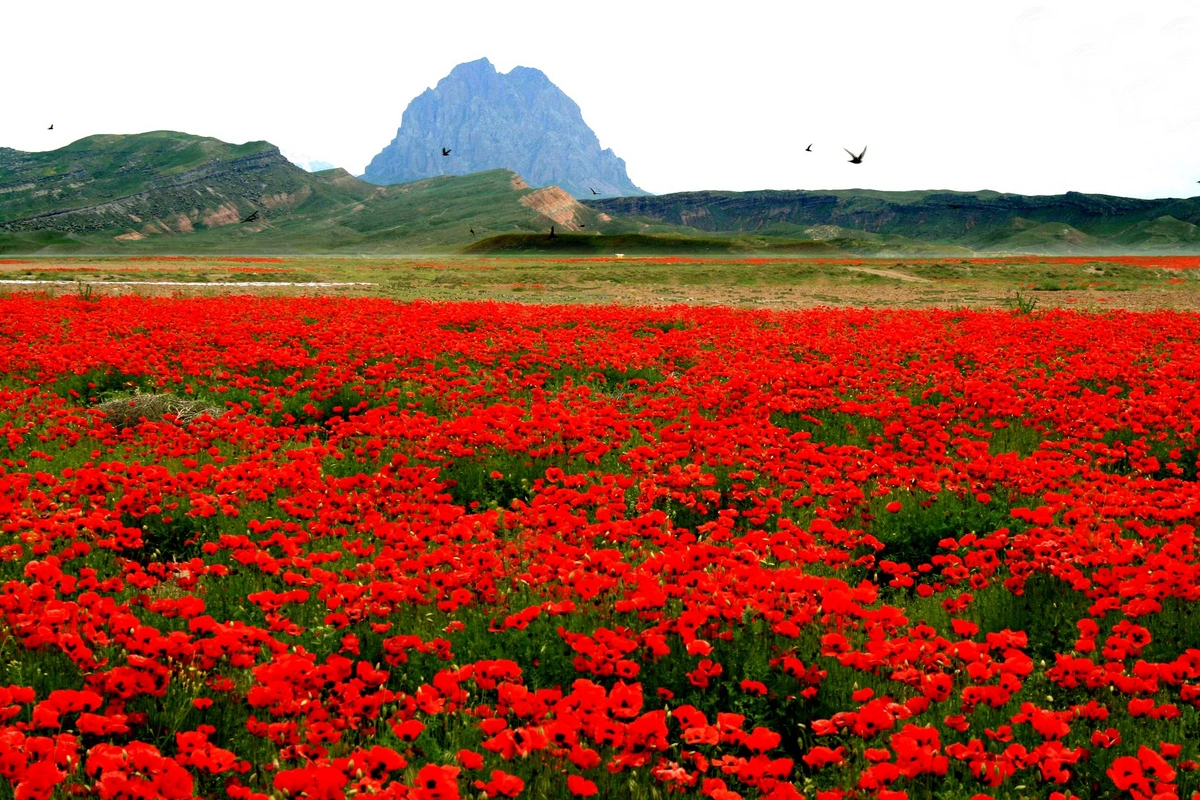In Azerbaijan, 20 species have been excluded from the "Red Book"

"The latest edition of the 'Red Book', published in 2023, contains 462 species. 10 years ago, this figure was just over 260".
This was reported to BAKU.WS in an interview by the Director General of the Institute of Botany, Doctor of Biological Sciences, Professor Sayyara Ibadullayeva.
According to her, this includes both higher plants and lower plants - lichens, algae, mosses, and fungi:
"In addition, we included 60 species in the 'pink list'. These are species that may also be endangered in the future. There is no specific reason for extinction. In my opinion, anthropogenic factors have the greatest influence here. The increase in animal husbandry, when businessmen create farms without always considering the feed load on pastures and hayfields, as was done before. All this happens unsystematically. Climate change is also one of the main causes of plant reduction."
S. Ibadullayeva says that the species mainly excluded from the "Red Book" are those that were included in the "pink list".
"There were some species that we observed in a very wide range, perhaps now some proofreader did not visit that place, did not see additional places of their distribution and added them to the list. We excluded about 20 species from the list that were indeed widely distributed."
It should be noted that currently most of the plants included in the "Red Book" of Azerbaijan are distributed mainly in the forests of the Greater and Lesser Caucasus, the Talysh Mountains, and on the coast of the Caspian Sea.
Banu Huseynli
Similar News
Development of the travel industry: With the power of passion and digital impact
BAKU.WS presents an interview with the head of "Fahri Travel," Fahri Mamedli: - Fahri, how did your journey in the tourism sector begin? It all started with my...




 Azərbaycanca
Azərbaycanca  По-русски
По-русски  English
English 






